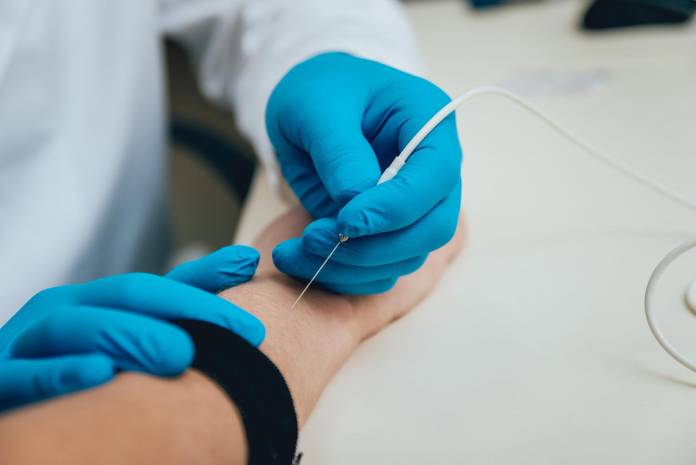
EMG stands for Electromyogram which loosely translated means electrical testing of muscles but in fact has come to mean electrical testing of nerves and muscles.

The bruising should fade within a few days.Your doctor has just ordered a test called an EMG. The testing generally lasts 20 to 40 minutes.Īfter the exam, you may have some minor bruising at the needle electrode sites. You also may change positions a few times.

Your neurologist will ask you to rest and contract various muscles at certain times. If pain is a concern, talk to your neurologist about taking short breaks throughout the testing. These needle electrodes may cause discomfort or pain that will resolve once they’re removed.

If you’re having a needle EMG, your neurologist also may insert needle electrodes at sites related to your symptoms. During nerve conduction testing, you may experience a mild tingling sensation. Surface electrodes will be placed at various locations on your skin, depending on where you’re experiencing symptoms. When you arrive, you’ll probably be asked to change into a hospital gown and to lie down on an examination table. Other than that, you can eat, drive and exercise as usual before and after the testing. Don’t apply any lotions or creams after you’ve bathed. Take a shower or bath before your exam to remove any oils from your skin. Have hemophilia, a blood-clotting disorder that causes prolonged bleeding.Take prescription blood-thinning medications or aspirin therapy.Have a pacemaker or any other electrical medical device.Your HonorHealth neurologist conducting the EMG testing will want to know if you: Muscle or nerve dysfunction or problems with nerve-to-muscle signal transmissionĪn EMG also may be recommended if you have the following signs or symptoms that indicate a nerve or muscle disorder:.Your physician might recommend an EMG to assess: Why would my neurologist recommend an EMG?



 0 kommentar(er)
0 kommentar(er)
